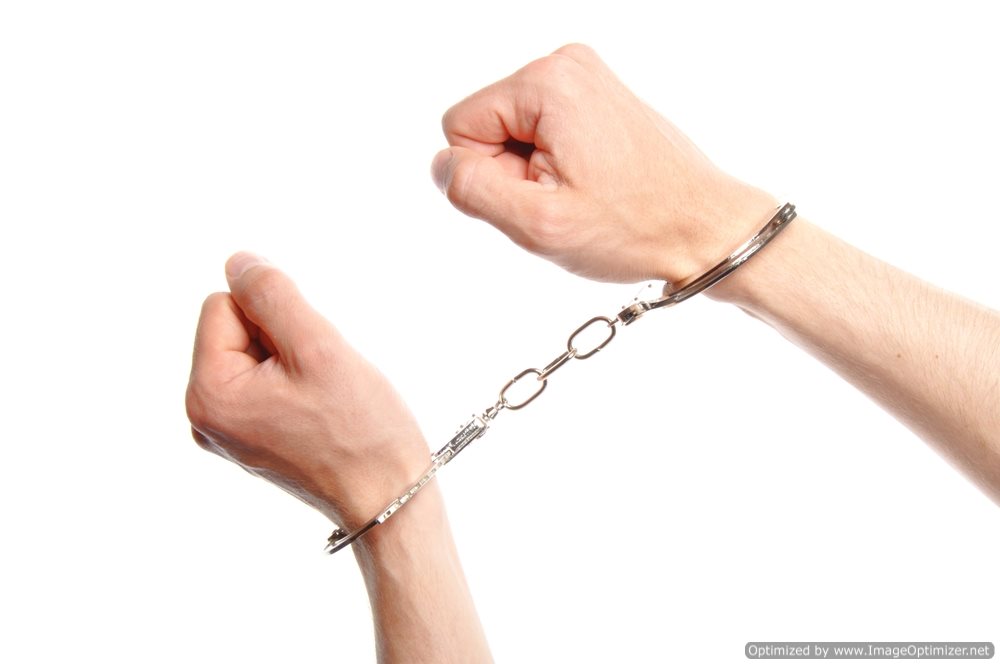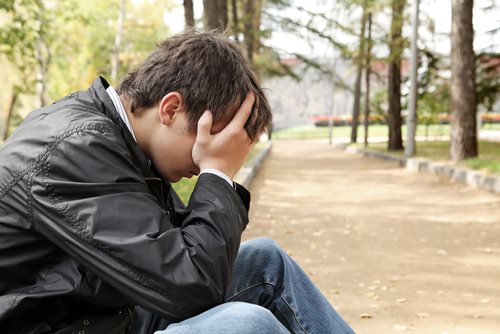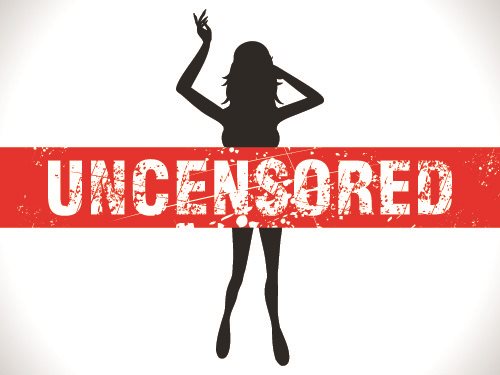
What is Human Trafficking?
Human Trafficking is a crime that involves the illegal acquisition of human beings, which typically occurs as a result of threat, kidnapping, and exploitation; as its name suggest, the act of human trafficking entails the forced movement, sale, or exchange of human beings through an unlawful and illegal commercial process – human trafficking offenses are considered to be amongst the most egregious violations of human rights. Human Trafficking Statistics illustrate the rate and figures innate in this practice, oftentimes conveying numbers asserting the very real and urgent violation of human rights resulting from this offense.
What is Human Trafficking?
Human Trafficking is a crime that involves the illegal acquisition of human beings, which typically occurs as a result of threat, kidnapping, and exploitation; as its name suggest, the act of human trafficking entails the forced movement, sale, or exchange of human beings through an unlawful and illegal commercial process – human trafficking offenses are considered to be amongst the most egregious violations of human rights. Human Trafficking Statistics illustrate the rate and figures innate in this practice, oftentimes conveying numbers asserting the very real and urgent violation of human rights resulting from this offense.
Human Trafficking Statistics #1
While slavery is illegal on an international level, this egregious crime of forced human enslavement – both through threat or exploitation – still occurs in modernity; the devastation that human trafficking and forced slavery fosters is considered to be the ultimate violation of human agency and freedoms. Currently, Human Trafficking statistics show that upwards of 25 million human beings worldwide are currently subjected to human trafficking.
Human Trafficking Statistics #2
Human Trafficking is not a crime that is particular to a single country or nation; Human Trafficking statistics list that upwards of 800,000 human beings are trafficked throughout international borders – this statistic illustrates that the removal of individuals from their native places of residence id a growing problem.
Human Trafficking Statistics #3
Human Trafficking is not an injustice specific to adults; Human Trafficking statistics state that over 50% of the victims of Human Trafficking are children. Furthermore, Human Trafficking does not result merely in forced labor or slavery; in certain
cases, children victimized by Human Trafficking are subjected to sexual slavery and exploitation occurring within a variety of countries and nations. While 50% of victims of Human Trafficking are listed as children, Human Trafficking statistics maintain that 1 million children are subjected to sexual slavery and exploitation.
Human Trafficking Statistics #4
Human Trafficking is not specific to gender; Human Trafficking statistics show that both males and females are both subjected to this heinous offense. With regard to female victims of Human Trafficking, 70% of females subjected to human trafficking are involved in sexual slavery and sexual exploitation; although males are subjected to sexual slavery as well, the majority of male victims of human trafficking are primarily subjected to forced labor and slavery.
Human Trafficking Statistics #5
Human Trafficking is considered to be an ongoing and growing predicament. Human Trafficking statistics show that Human Trafficking has been recorded to render upwards of $30 billion on an annual basis; in addition, international human trafficking has been listed as affecting almost 200 countries and nations worldwide. Within these nations listed as being affected by Human Trafficking, Human Trafficking statistics released have recorded upwards of 15,000 human being trafficked into the United States for both sexual slavery, as well as forced servitude.
Reporting a Human Trafficking Offense
In the event that you have been made aware of human trafficking taking place, you are encouraged to contact the National Human Trafficking Resource Center immediately; you can do so by contacting them via telephone: (888) 373-7888.
While slavery is illegal on an international level, this egregious crime of forced human enslavement – both through threat or exploitation – still occurs in modernity; the devastation that human trafficking and forced slavery fosters is considered to be the ultimate violation of human agency and freedoms. Currently, Human Trafficking statistics show that upwards of 25 million human beings worldwide are currently subjected to human trafficking.
Human Trafficking Statistics #2
Human Trafficking is not a crime that is particular to a single country or nation; Human Trafficking statistics list that upwards of 800,000 human beings are trafficked throughout international borders – this statistic illustrates that the removal of individuals from their native places of residence id a growing problem.
Human Trafficking Statistics #3
Human Trafficking is not an injustice specific to adults; Human Trafficking statistics state that over 50% of the victims of Human Trafficking are children. Furthermore, Human Trafficking does not result merely in forced labor or slavery; in certain cases, children victimized by Human Trafficking are subjected to sexual slavery and exploitation occurring within a variety of countries and nations. While 50% of victims of Human Trafficking are listed as children, Human Trafficking statistics maintain that 1 million children are subjected to sexual slavery and exploitation.
Human Trafficking Statistics #4
Human Trafficking is not specific to gender; Human Trafficking statistics show that both males and females are both subjected to this heinous offense. With regard to female victims of Human Trafficking, 70% of females subjected to human trafficking are involved in sexual slavery and sexual exploitation; although males are subjected to sexual slavery as well, the majority of male victims of human trafficking are primarily subjected to forced labor and slavery.
Human Trafficking Statistics #5
Human Trafficking is considered to be an ongoing and growing predicament. Human Trafficking statistics show that Human Trafficking has been recorded to render upwards of $30 billion on an annual basis; in addition, international human trafficking has been listed as affecting almost 200 countries and nations worldwide. Within these nations listed as being affected by Human Trafficking, Human Trafficking statistics released have recorded upwards of 15,000 human being trafficked into the United States for both sexual slavery, as well as forced servitude.
Reporting a Human Trafficking Offense
In the event that you have been made aware of human trafficking taking place, you are encouraged to contact the National Human Trafficking Resource Center immediately; you can do so by contacting them via telephone: (888) 373-7888.























